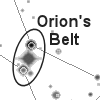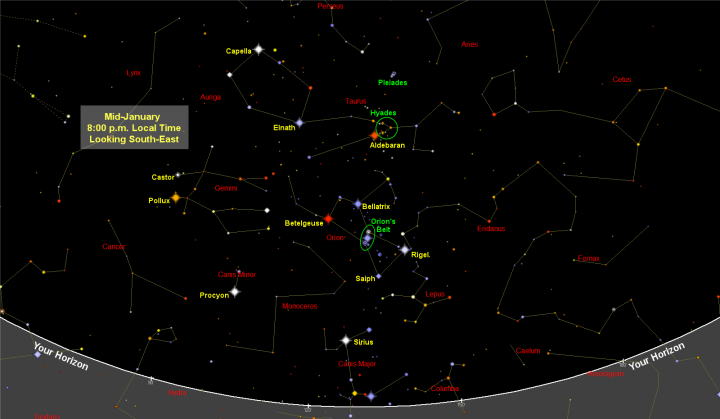Primary Image

Photo Credit
Jeff DeTray
Brightest Stars and Constellations of the Night Sky
More Like This
... I just appreciate & love this January Star Map ... I"m just finishing a lovely two week Seasonal Holiday in Jasper, Alberta ... where it is the 2nd best Dark Sky observation place ... the Fairmont Jasper Park Lodge has a fantastic Planetarium that celebrates this fact ... wonderfully well worth a visit at any time ... but, January? ... oh, yes, the Jewel tone Heavens await your gaze ... Happy New Year 2023 everyone ... 'keep looking up' ... God Bless ... stay well & happy ....











Comments